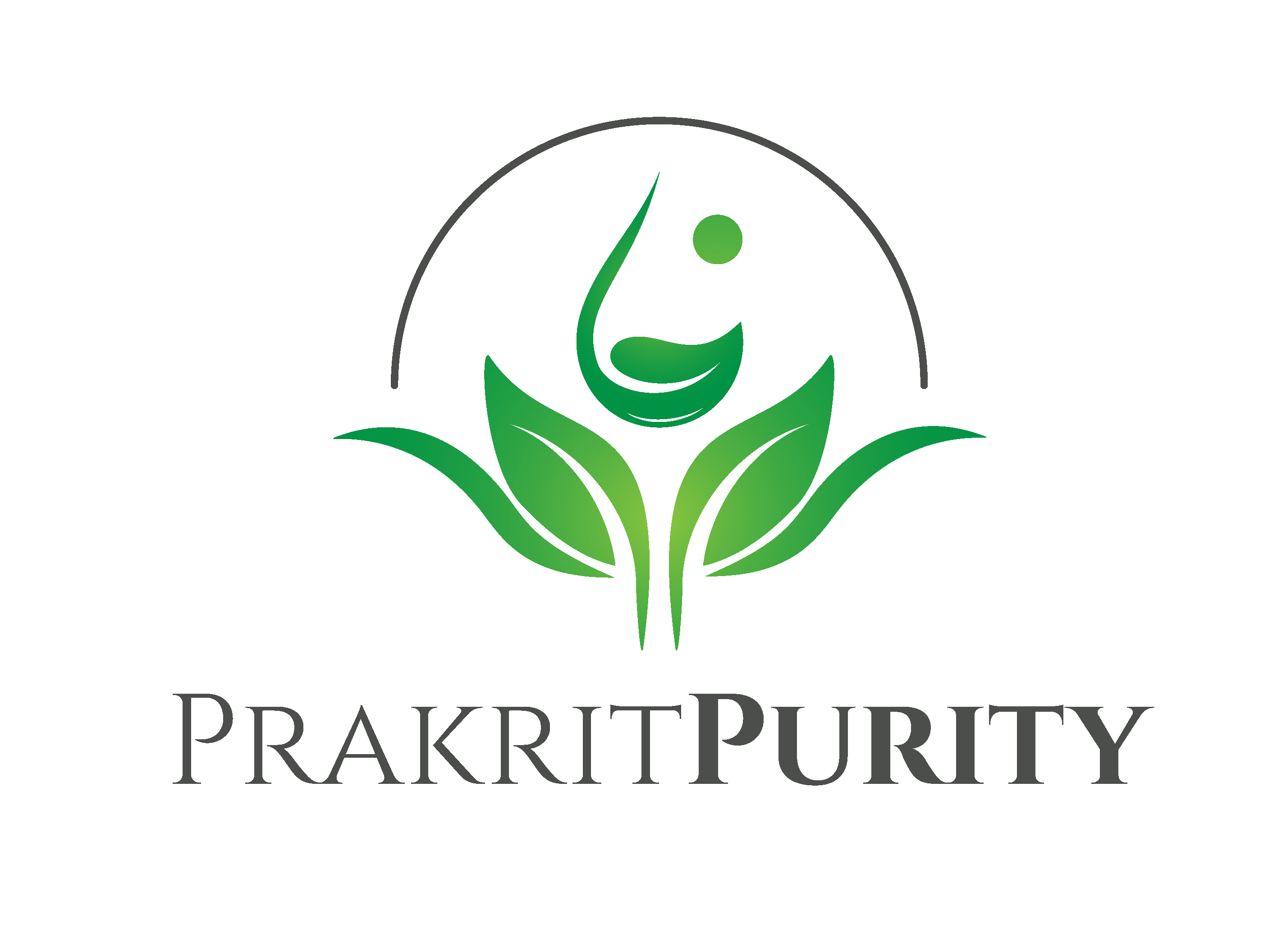
If your face turns shiny faster than a glazed doughnut under a spotlight, chances are you’ve been blessed (or cursed) with the gift of oily skin. And while a little glow is nice, constantly dealing with breakouts, grease, and blotting sheets isn’t exactly a dream. The culprit? Sebum. Let’s dive into how to control sebum production on face and figure out how you can keep your skin balanced without stripping it dry.
What is Sebum and Why Does it Matter?
Before we jump into hacks, let’s answer the big one: what is sebum production on face? Simply put, sebum is the oily substance your sebaceous glands create to moisturize and protect your skin. Think of it as your skin’s natural moisturizer.
But here’s the kicker: excessive sebum production doesn’t just make you glow, it clogs pores, invites acne, and can make your makeup slide off by lunchtime. On the flip side, too little sebum means dryness, irritation, and a cranky skin barrier. That’s why the magic word here is balance.
How Sebum Works
Ever wondered how sebum is produced? Tiny sebaceous glands under your skin are responsible for this process. They release a mix of fats, waxes, and other natural oils that coat your skin and hair. The idea is simple, protection and hydration.
So why sebum is produced in the first place? Because your body is trying to shield you from bacteria, UV damage, and dryness. Without it, your skin would be a parched desert.
But when these glands go into overdrive, that’s when you meet blackheads, whiteheads, and a forehead shinier than your future.
What Causes Sebum Production on Face?
Let’s be honest, it feels like sebum has a mind of its own. But science says otherwise. Here are what causes sebum production on face to spiral out of control:
-
Hormones: Puberty, stress, and monthly cycles can trigger excessive sebum production.
-
Diet: Greasy foods and high sugar diets? They are on the list of excessive sebum production causes.
-
Genetics: If oily skin runs in the family, you might just have inherited it.
-
Climate: Humid environments can make sebaceous glands act like they’re on overdrive.
Is Sebum Good or Bad?
The million-dollar question: Is sebum good for skin? The answer: yes and no. In moderation, it’s your skin’s personal bodyguard. But when it crosses the line, not so much. That’s when acne, shine, and irritation kick in. So, Is excess sebum good or bad? Definitely bad.
How to Control Sebum Production on Face
Finally, let’s talk about what you came here for. If you’re wondering how to control sebum production on face, here are practical, dermatologist-approved (and sanity-saving) tips:
1. Use Gentle Cleansers
Washing your face twice a day with a mild cleanser helps clear away dirt and oil without tricking your skin into making more. Over-washing often means more oil.
2. Invest in Oil-Control Products
This is your holy grail. Look for serums or creams with Salicylic Acid, Niacinamide, or Green Tea Extract. For instance, Prakrit Purity’s Anti-Acne Face Serum is designed to tackle breakouts and regulate sebum production in skin effectively.
3. Don’t Skip Moisturizer
Here’s the irony: skipping moisturizer makes your skin more oily. Dehydration signals sebaceous glands to pump out extra oil. Instead, choose lightweight, non-comedogenic moisturizers like Prakrit Purity’s Oil Balance Face Cream. Perfect for sebum production control without clogging pores.
4. Exfoliate But Gently
Using a mild exfoliant 1–2 times a week clears dead skin and prevents clogged pores. Just don’t overdo it, or you’ll land back in oily skin chaos.
5. Lifestyle Changes
Want to know how can I reduce sebum overproduction on face naturally? Eat a balanced diet, manage stress, and get decent sleep. It really makes a difference.
When Sebum Runs Wild
Sometimes, despite your best efforts, sebum just doesn’t listen. In that case, it’s time for professional help. Dermatologists can guide you on how to control excessive sebum production using treatments like chemical peels, retinoids, or laser therapies.
How to Avoid Sebum on Face: Quick Checklist
-
Wash with a gentle cleanser twice a day
-
Stick to oil-control products
-
Hydrate with a lightweight moisturizer
-
Exfoliate wisely
-
Manage stress and diet
Follow these steps, and you’ll soon crack the code on how to control sebum production on face.
Conclusion
Sebum isn’t your enemy, unless it decides to flood your face. Understanding sebum production in skin, what triggers it, and how to balance it is the real secret to glowing skin. Remember, it’s about control, not elimination. So, embrace a good skincare routine, adjust your lifestyle, and let your skin breathe.
FAQs
1. What is sebum production on face and why does it matter.
Sebum production is your skin’s natural process of creating oil to keep it hydrated and protected. Too much, however, leads to acne and shine.
2. How can I reduce sebum overproduction on face naturally?
Focus on diet (avoid junk and sugar), reduce stress, and use lightweight moisturizers along with oil-control products.
3. Is sebum good for skin or should I try to remove it completely?
Sebum is good in moderation because it protects your skin barrier. The goal is sebum production control, not total elimination.
4. What causes sebum production on face to increase suddenly?
Hormonal changes, poor diet, genetics, and environmental factors like heat or humidity can all spike oil levels.
5. How to control excessive sebum production if skincare isn’t working?
Seek a dermatologist. They may recommend prescription creams, peels, or professional treatments to balance sebum production in skin safely.
Chaduvula Sai Ankith is an engineer with years of experience who followed his passion for creating nature-inspired, effective wellness solutions. He combines nature-powered ingredients with science-backed formulations to craft skincare and haircare that truly works. Every product reflects his focus on purity, innovation, and results you can trust. Sai believes natural self-care should be minimal, affordable, ethical, and empowering for everyone.




